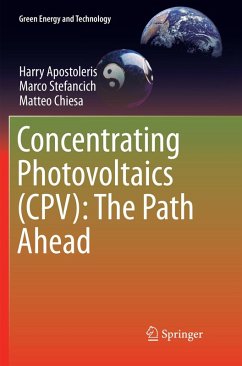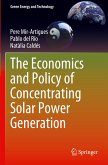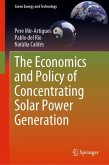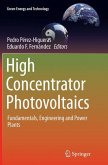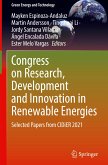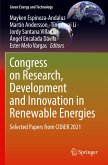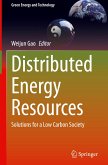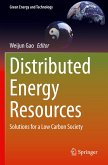This book is a concise review of the current status and future prospects of concentrating photovoltaic (CPV) technology. Starting with a summary of the current technical and economic status of CPV technology, it identifies the factors that hold CPV back in the commercial market. The main technical areas considered are solar cells, tracking and optics. The solar cells section focuses on spectrum splitting systems, which offer potentially higher efficiency than multi-junction cells with reductions in the manufacturing constraints that lead to high costs. It also offers a brief survey of the latest developments in spectral splitting alongside a discussion of the advances in solar cell manufacturing that aid the development of such systems. Further, it examines electrical design principles for spectral splitting systems that can improve the spectral stability of these systems' performance. The section on tracking includes a description of tracking integration with an update of the review published in Nature, presenting the latest advances in the field and focusing on surveying conceptual approaches rather than providing an exhaustive description of the literature. The optics section explores 3D printing and other emerging methods of fabricating optics for both prototype and large-scale production, as well as new classes of concentrators, particularly those based on novel photonic materials such as angular filters. Lastly, the authors consider the impact that environmental factors have on the performance of CPV in non-standard environments before concluding with a discussion of the combinations of technologies that they anticipate will most effectively boost CPV in the commercial market.
Bitte wählen Sie Ihr Anliegen aus.
Rechnungen
Retourenschein anfordern
Bestellstatus
Storno

